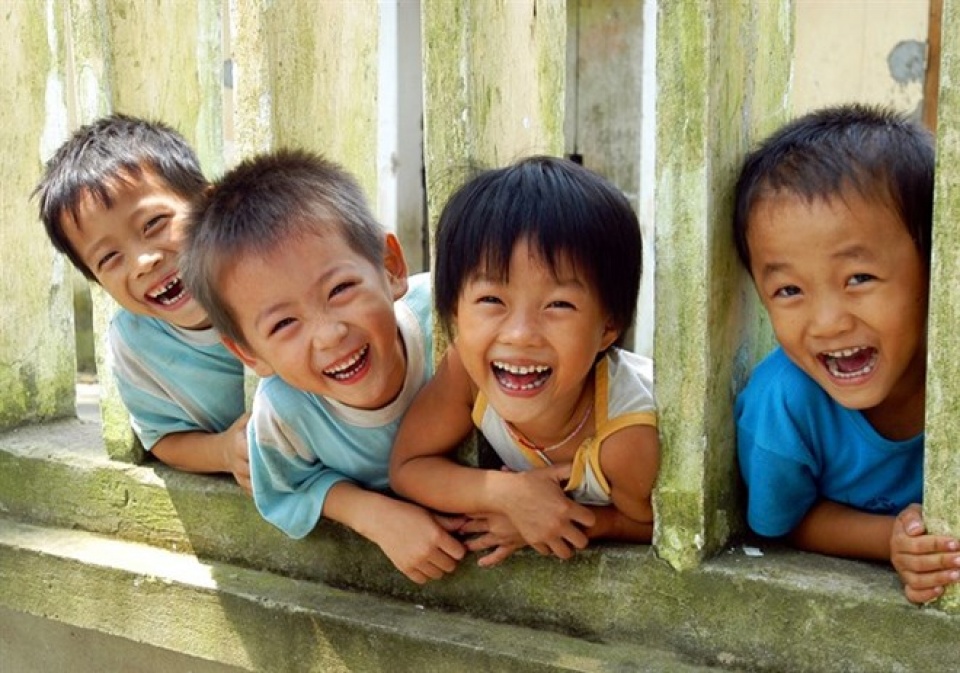
New Child Law comes into effect
Latest
The Child Law adopted by the National Assembly on April 5, 2016 was built to provide a legal foundation for children’s rights in Vietnam and institutionalise the Party, State and Government’s guidelines and policies ensuring the enforcement of children’s rights in accordance with the spirit of the United Nations Convention on the Rights of Children.
 |
| Keep the smiles on chilren’s faces. (Photo: VNA) |
It has also created a firm legal foundation to improve the efficiency of preventing, controlling, detecting and handling child abuse.
The law provides regulations ensuring various children’s entitlements, such as the right of privacy, the right to live with parents, the right to be adopted and the right to be protected from abuse including violence, sexual harassment, labour exploitation, abandonment and kidnapping.
Lawyer Do Thi Thao Ha from the Hanoi Bar Association said the law has proved a progressive and appropriate response to the nation’s current social development. It contains a concrete clarification of the prohibition of certain acts, including the encroaching on child privacy and putting children in online dangers, Ha told the Viet Nam News.
She praised the recent issue of the Decree No 56/2017/NĐ-CP, which has helped concretise the implementation of the law. Meanwhile, Nguyen Ngoc Anh, a specialist on child protection from the United Nations Children’s Fund (UNICEF), said the law has helped demonstrate Vietnam’s commitment to the protection and care of children.
This specific provision in the decree strengthens Vietnam’s commitment to safeguarding children and respecting children’s rights, including the right to privacy, enshrined in Article 16 of the United Nations Convention on the Rights of the Child. Also highlighted is the robust response to the potential risks of online abuse and exploitation, Anh added.
Statistics from the UNICEF estimates that 120 million girls and 73 million boys across the globe are sexually abused, and one billion children globally experience some form of physical punishment.
Asia is among the regions worldwide to witness the highest rate of child maltreatment. According to Vietnam’s Ministry of Labour, Invalids and Social Affairs, the country recorded about 5,300 cases of child sexual abuse in the past three years, most of them in family situations or environments that are familiar to the victims.
Nguyen Thi Nga, deputy director of the ministry’s Children Department, said although the number of child abuse cases decreases last year, most cases turned out to be more serious and complicated.
In response to such cases, the Child Law 2016 defines the responsibilities of functional agencies, particularly the local authorities where the incidents took place, said Nga. "Decree 56 signed by the Prime Minister in May and made effective today will help enhance the prevention and control of child violence and abuse," Nga said.
The decree clearly details the responsibilities of agencies, organisations and localities in a bid to minimise harm to the children and ensure that their legitimate rights are observed.

















